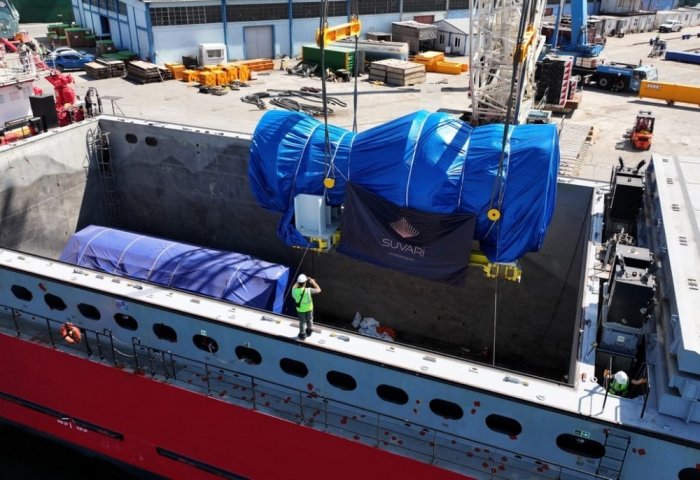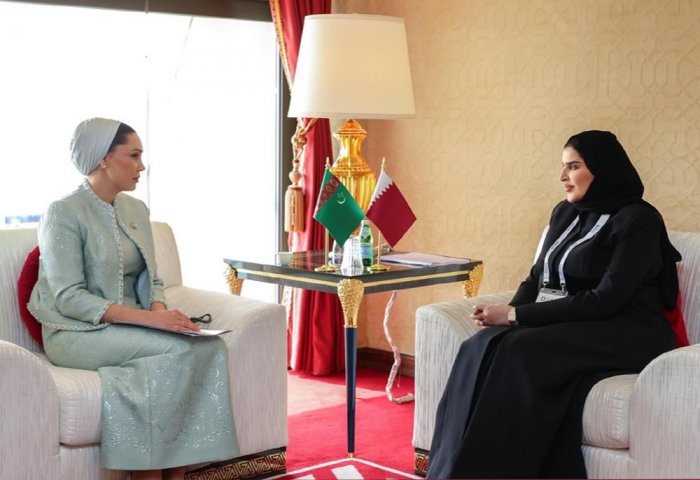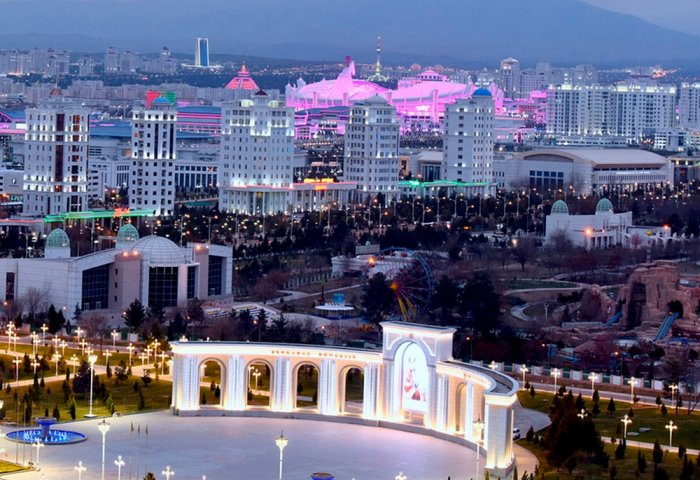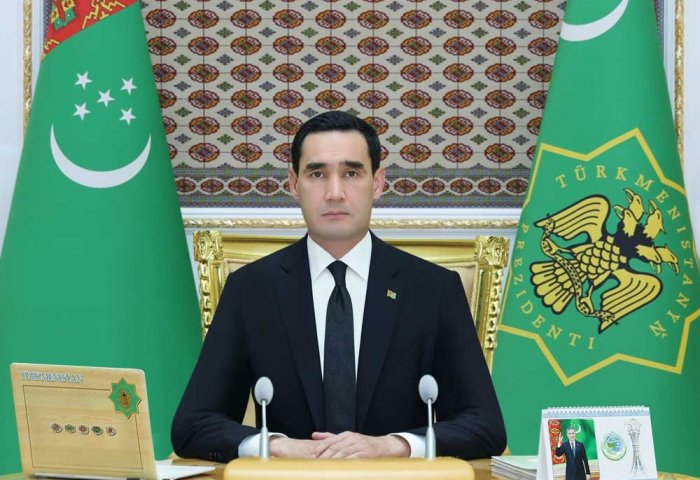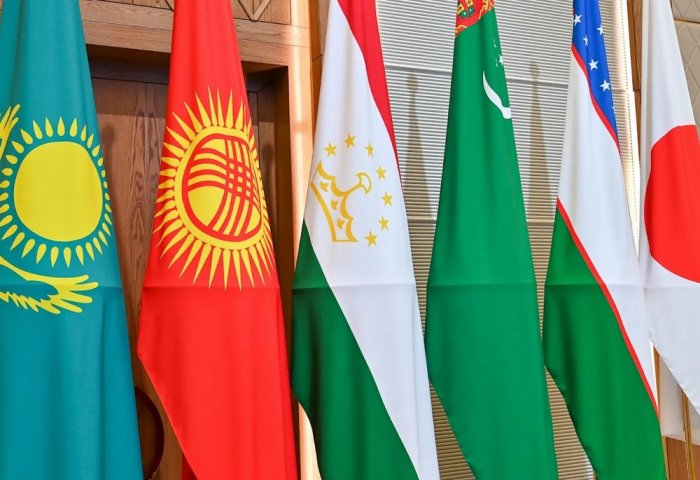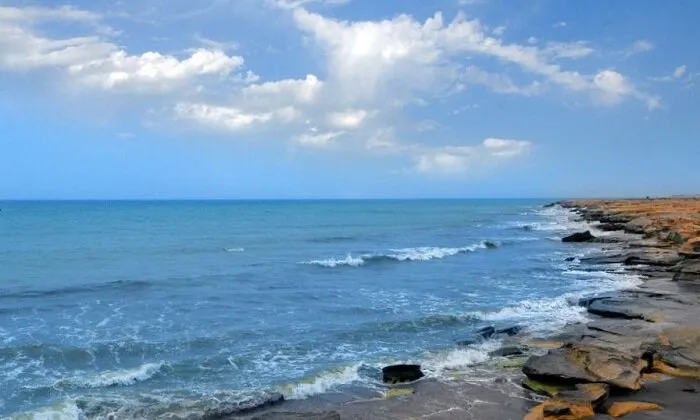
The rich flora and fauna of the Khazar Reserve will be of interest to tourists arriving in the Balkan Velayat.
The Khazar Reserve is located in the west of Turkmenistan, on the southeastern coast of the Caspian Sea. It was founded in 1932 as an ornithological reserve to organize the protection and study of the largest wintering grounds of waterfowl and near-water birds in the southeastern Caspian.
The reserve is divided into three parts - Esenguly, Ogurjaly and Khazar. The total area of the specially protected territory together with the sea area is 262 thousand hectares, CentralAsia.news reports.
Birds are one of the foundations of the reserve's biodiversity; 466 species live here.
Among the birds, loons, flamingos, waders, cranes and bustards can be noted. Tens of thousands of waterfowl gather here for the winter, among which coots, ducks, pink flamingos and swans are especially noticeable.
You can also see birds of prey over the water surface - these are huge white-tailed eagles and long-tailed eagles.
Every year, 12 million birds fly across the Caspian Sea. More than 5 million of them stay for the winter on the local shores and islands.
In addition to birds, the reserve is home to such animals as porcupines, wild boars, badgers, manuls, foxes, wolves, marbled polecats, reed and sand cats, hares, gophers, hyenas, jackals, otters and caracals.
There are 55 species of sea fish in the Turkmen sector of the Caspian Sea, 5 of which are listed in the Red Book. Here you can find such valuable species as beluga, sturgeon, stellate sturgeon, whitefish, herring, mullet and sea pike perch.
The Caspian Sea is isolated from the world's oceans, so it is here that animal species have settled that are found nowhere else. These include the Caspian seal.
The graceful gazelles feel at ease on Ogurchinsky Island.
For a detailed acquaintance, tourists can visit the Museum of Nature of the Khazar Reserve, which is located in the city of Turkmenbashi. This is the only specialized museum of marine fauna in Turkmenistan. It presents 28 large-format compositions, which depict representatives of the animal world of the reserve with great authenticity. A special stand of the museum tells about the underwater world of the Caspian. There are also panoramic corners conveying the natural habitat of animals of the hot desert.

